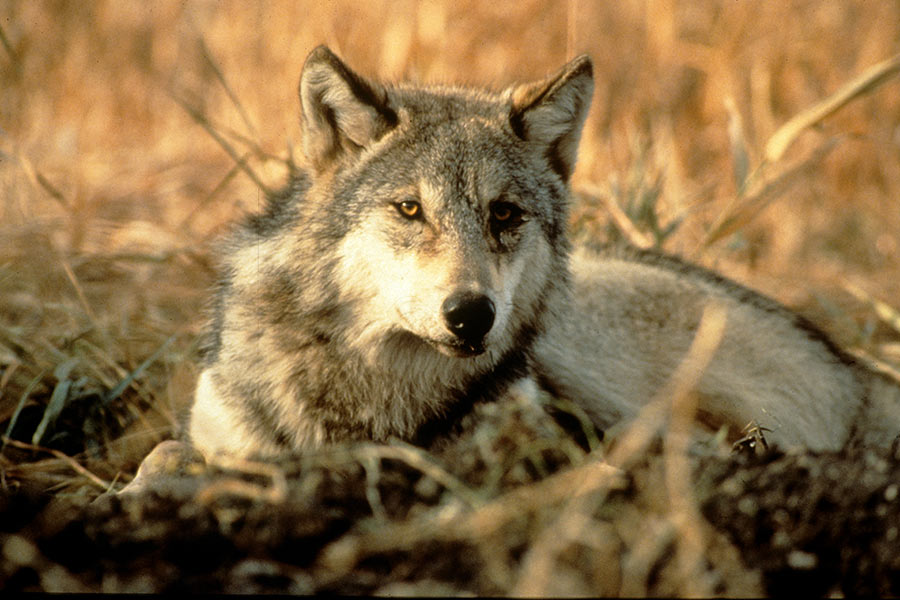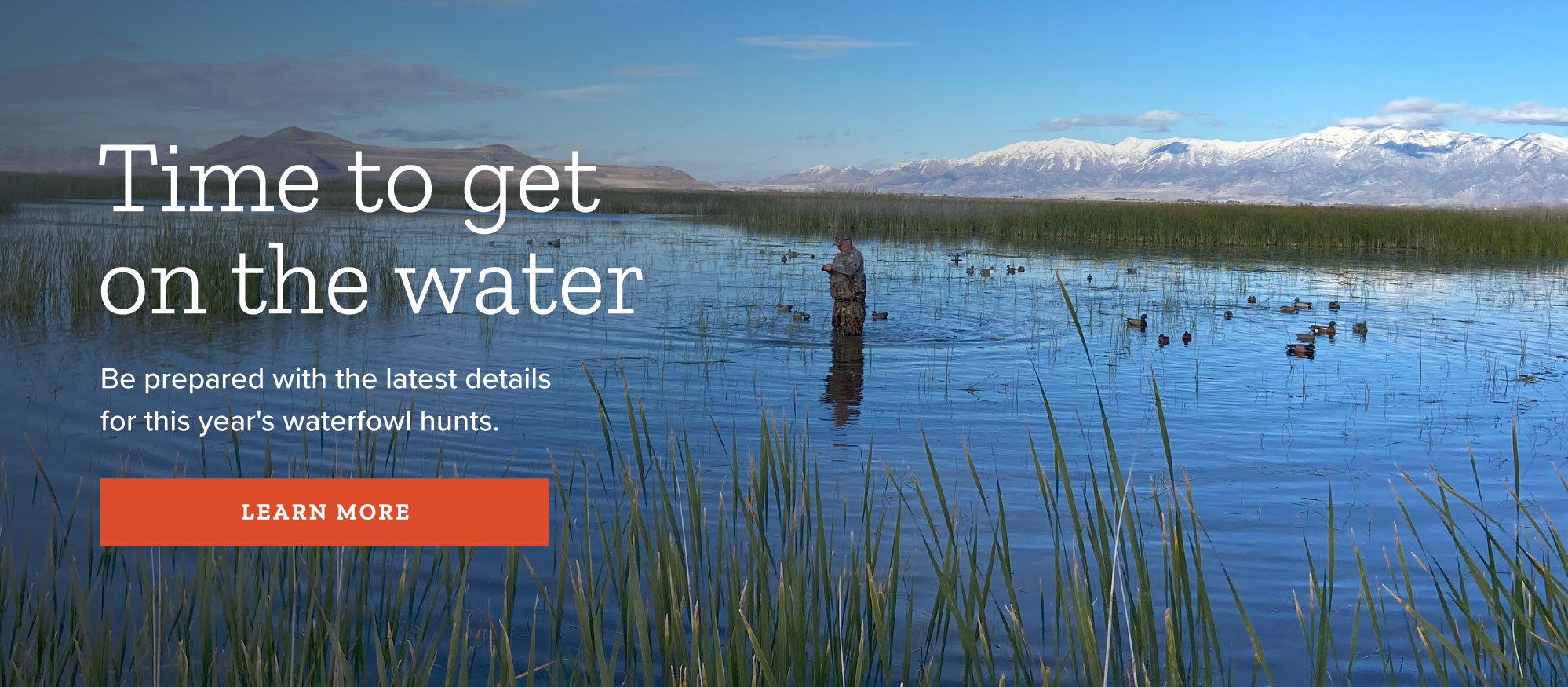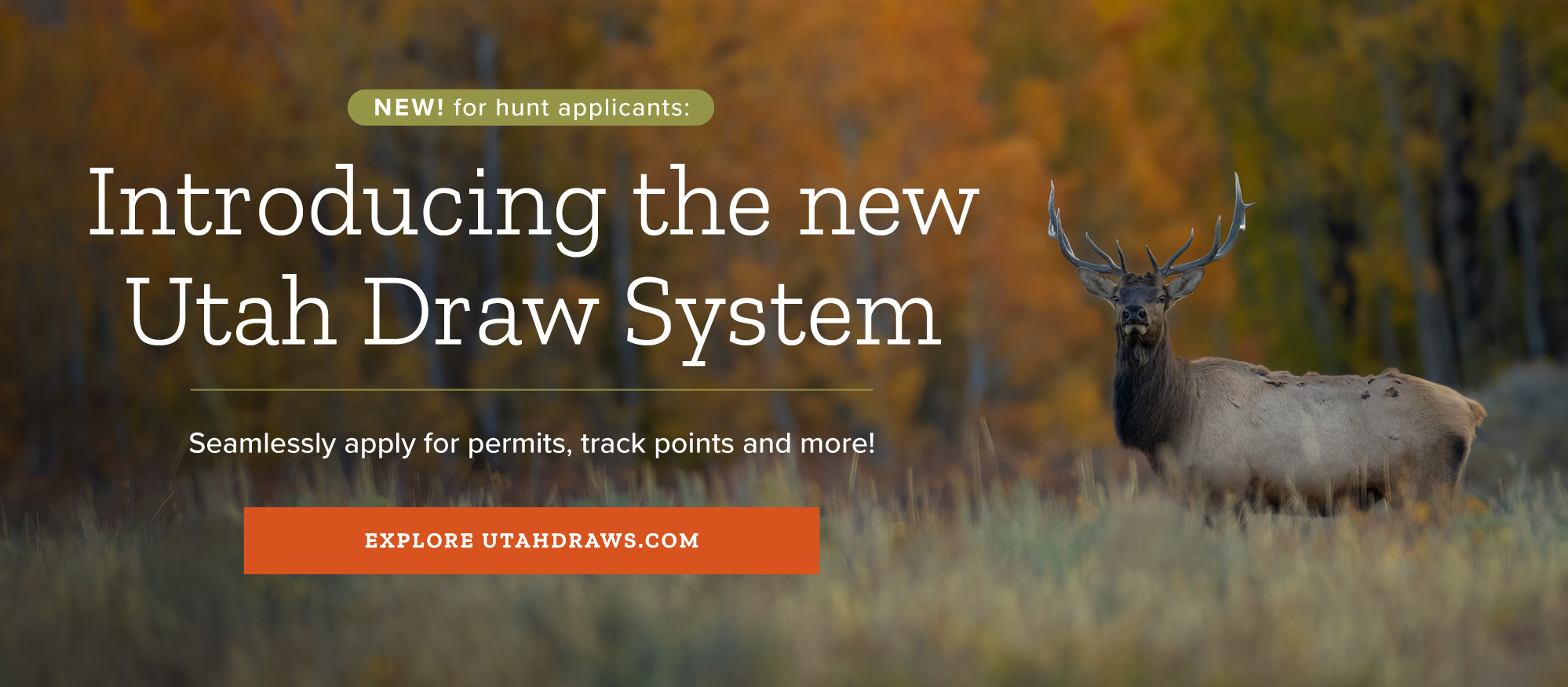Recently reported dead 'wolf-hybrid' in Duchesne confirmed as German shepherd dog
Salt Lake City — After reports of a dead wolf or "wolf-hybrid" found in Duchesne last week, the Utah Division of Wildlife Resources has confirmed that the animal is actually a pet German shepherd dog that was hit and killed by a vehicle.
DWR biologists received a report of the animal on Jan. 5 and located it on the side of Highway 40 near the Gateway Sinclair gas station on the west side of Duchesne. The animal was roughly 4 feet long, while most wolves are typically 5-6 feet long. The animal was black with some tan coloring on the toes and legs, while black wolves typically have some gray and white coloring, but not tan.

Wolves have a distinct face with wide tufts of hair that project down and outward from below their ears.
The DWR collected the carcass and took measurements and samples for genetic testing. However, during further investigation, DWR conservation officers learned that a Duchesne resident with a black German shepherd witnessed his dog get hit by a vehicle in front of the gas station. The dog unfortunately died in the collision and was later reported as a possible wolf when its body was discovered along the roadside. (Because of the dog's large size, its elderly owner was unable to remove it.)
Gray wolves were reintroduced in the northern Rocky Mountains in 1995. For years, they have been placed on and then removed from the Endangered Species list. Wolves in the northern Rocky Mountains, including a small portion of Utah, have been delisted since 2011, and wolves have been delisted statewide since Jan. 4, 2021. Since the statewide delisting, the Utah Wolf Management Plan has been in effect in guiding the management of wolves across Utah.
The goal of the management plan is to manage, study and conserve wolves moving into Utah, while avoiding conflicts with the wildlife management objectives of the Ute Indian Tribe, preventing livestock depredation and protecting the investment made in wildlife in Utah. It is intended to be an interim plan, covering the time between delisting and the development of two naturally occurring wolf packs in Utah. When two established packs are confirmed in Utah, the management plan will be updated. The wolf plan was written to be adaptive in nature, so that as conditions change, the plan may adapt to those changes. Wolves are a protected species and can only be killed in Utah under certain circumstances related to human safety and livestock depredation.
Reporting wolf sightings
Because the DWR currently oversees the management of wolves in Utah, people should report any suspected wolf sightings. Since 2002, there have been roughly 20 confirmed wolf sightings in Utah, ranging from wolves killing livestock to verifying tracks to locating dead wolves in the state. Wolves can travel long distances and can move very quickly through an area, making them difficult to document. Nearly all confirmed sightings have been of lone, dispersing wolves, and the DWR has been unable to verify any breeding behavior.
"Wolf sightings are commonly reported, but upon further investigation, most of them have turned out to be coyotes or domestic dogs," DWR Non-game Mammals Coordinator Kimberly Hersey said. "We ask people to report sightings as soon as possible and, if available, include a photo or video of the animal or tracks or other identifying evidence when they submit a reported sighting."
If you see an animal you believe is a wolf in Utah, please call the nearest DWR office to report the sighting and provide a specific location.
Description of wolves vs. dogs
You can distinguish wolves from dogs by looking for these characteristics:
- Adult wolves are larger than nearly all dog breeds. They can weigh from 125 to 145 pounds, and adult males vary from 5 to 6.5 feet from the tip of the nose to the tip of the tail.
- Wolves are designed for running and trotting. Their chests are narrow and keel-like, and their forelimbs are pressed into the chest, with elbows turned inward and paws turned slightly outward.
- Wolf legs appear to be long, and their feet appear to be big.
- The color of wolves can vary and can include white to cream, buff, tawny, reddish, gray or black. The underside of the wolf's ears, legs and muzzle are often tawny. The tail of the wolf generally hangs and has a precaudal gland (appears as a spot of darker hair on the dorsal side of the tail near its base), whereas the dog's tail is usually held high, is often curled and does not have a precaudal gland.
- The muzzle of most dogs is shorter than that of the wolf, and wolves have a distinct face with wide tufts of hair that project down and outward from below their ears.
Description of wolves vs. coyotes
- In general, coyotes have more pointed muzzles and smaller nose pads than wolves.
- Coyote feet are more proportional to the diameter of their legs than wolf feet, which appear large for their legs.
- The total length of an adult coyote (tip of snout to tip of tail) is generally 4 feet or less.
- Coyotes weigh 25–40 pounds and have a narrow, triangular-shaped head.
An animal looks like a wolf if it has these characteristics:
- Ears are erect
- There are wide tufts of hair that project down and outward from below the ears
- Chest is narrow
- Legs look long
- Feet look large
- Tail is straight, but may not be perfectly straight
An animal does not look like a wolf if it has any of these characteristics:
- Ears flop over (unless it's a very young animal)
- Legs are short and stocky
- Feet look small
- Tail is definitely curved
- Spots or patches are visible


















